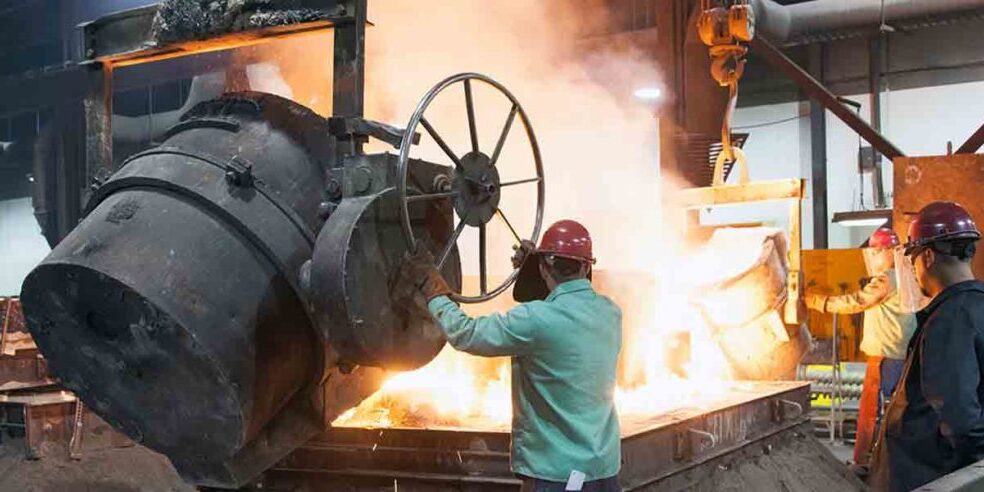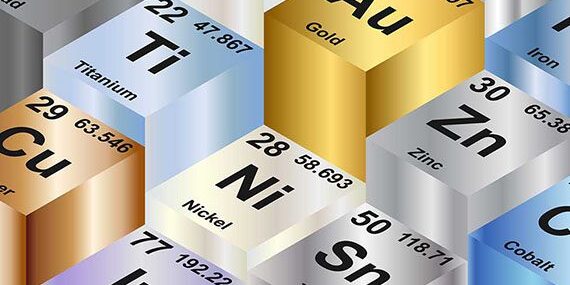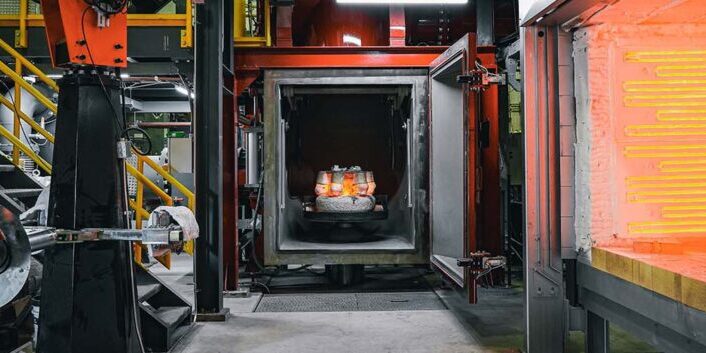Blog Material Applications: Corrosion Resistant Alloy Comparison Part: 2
Every material selection decision includes tradeoffs. Performance can come at a price. But there is little sense in paying for capabilities that are not needed. The following suggests a framework for selecting one of a family of corrosion-resistant materials from another.
Comparisons
Cost
Cost is rarely ignored, so it is helpful to compare certain corrosion-resistant alloys as multiples of cost of a generally recognized standard material, in this case 304 stainless. This analysis attempts to capture all-in cost including processing, and not just per-pound acquisition cost.
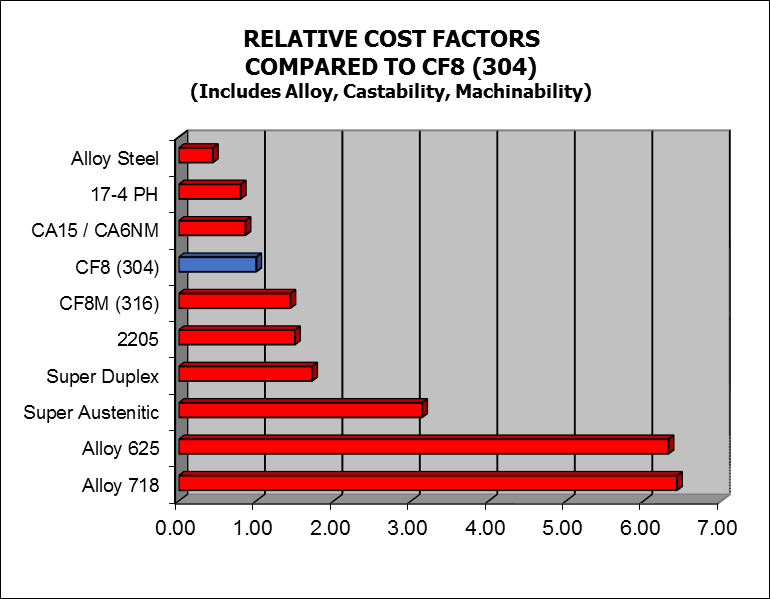
The tradeoff, then, in material selection must reflect the possible multiples of material cost compared to the expected improvement in performance.
Corrosion Resistance
In a separate newsletter, we have described the PREn as a measure of a material’s ability to resist pitting/corrosion. This table displays the relative performance of a variety of metals in this measure.
Material Corrosion Resistance Chart:
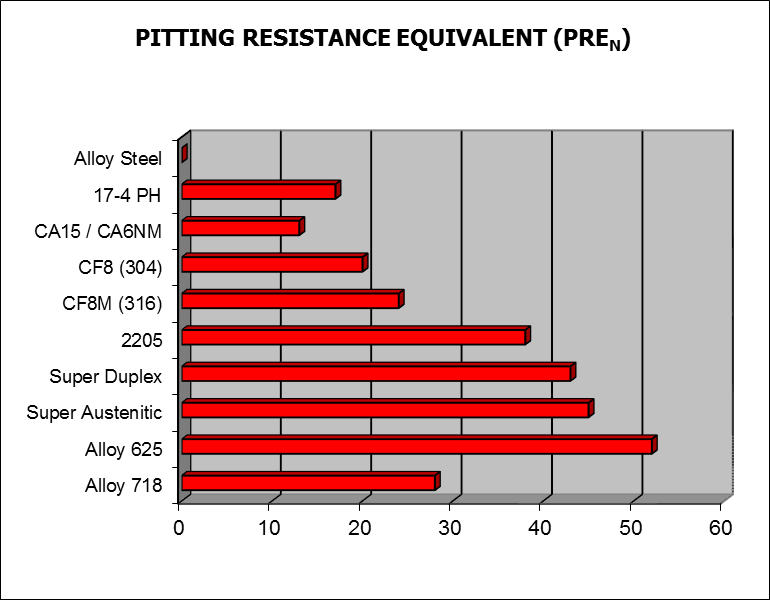
Presented in the same order as the cost chart above, it is easy to see which materials perform better or worse than other alternatives. In general, more expensive materials perform better as there is a higher content of expensive corrosion-resistant alloying materials.
Strength of Corrosion Resistant Alloys
Yield strength is the load at which the material will continue to deform and still remain elastic – that is return to its original shape. So alloy selection must also consider the strength that the material delivers in its application.
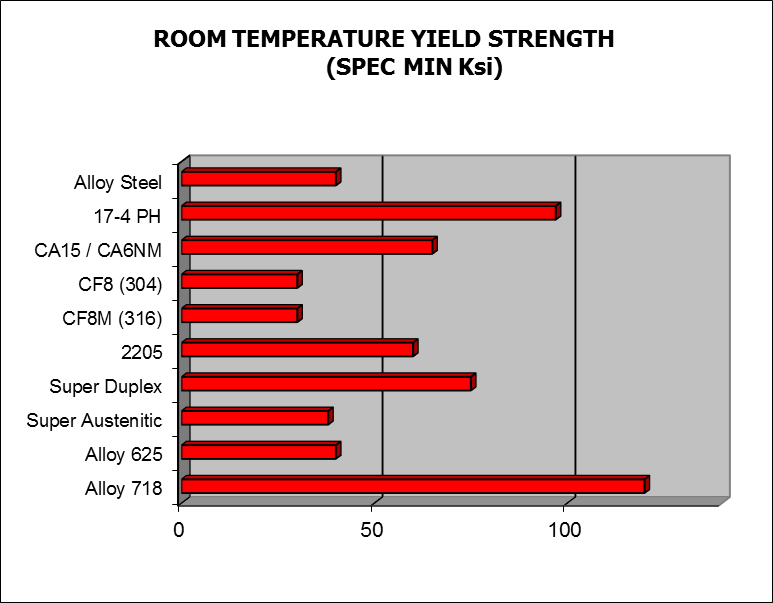
Again, it is possible to visualize the different ways that materials will perform depending on the environment, including tradeoffs between cost, pitting corrosion resistance, and strength.
Conclusion
There are a number of such measures that can be used to determine the optimum material for a given application. It is equally important to consider other environmental factors that will impact performance. Is the product subject to wear? What are the expected temperatures? Is there thermal or mechanical cycling? Your Metallurgical Engineering contacts can help sort through that.

